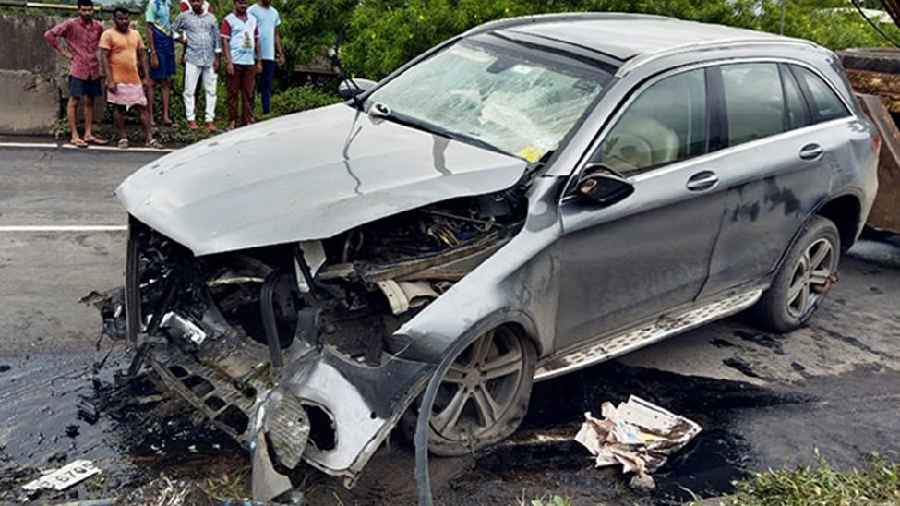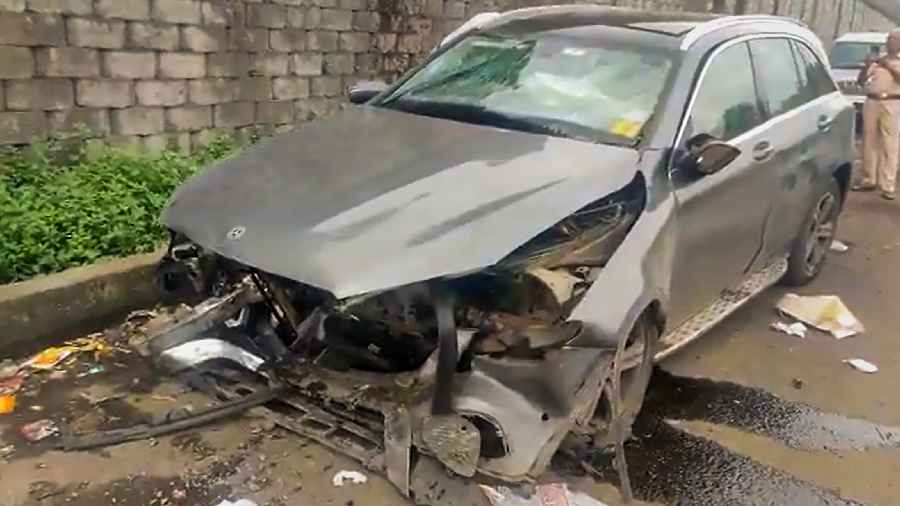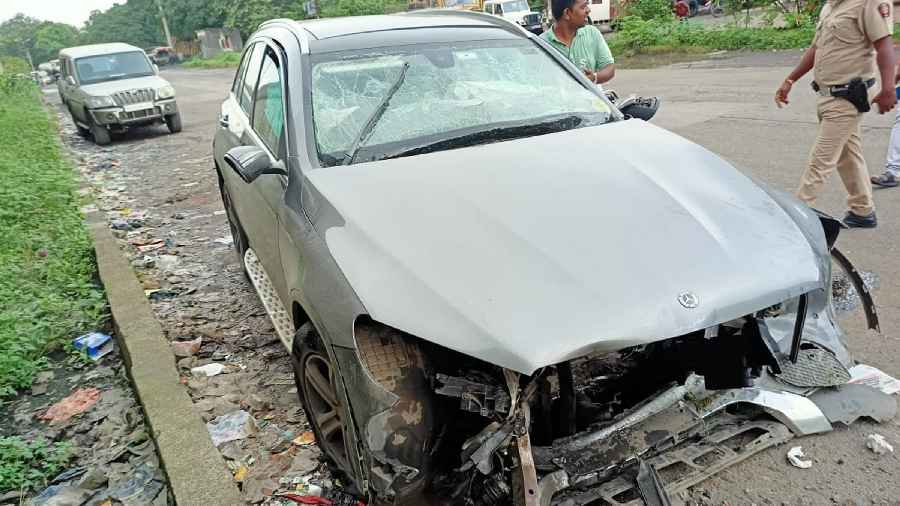What is a good place to start understanding accidents?
Basically, we need to understand speed, momentum, acceleration and deceleration, and fundamentally, the time duration of accidents. As an engineer, it all goes back to the fundamental laws. Newton’s Laws of Motion, the conservation of energy, and the conservation of momentum. And let me see if I can do this without equations.
Newton’s First Law of Motion is that any object continues in motion in a straight line unless acted upon by some external or outside force. What does this mean for a car? It means that once a car is moving (and there is no acceleration being applied), it will keep moving until you (for example) apply the brakes (causing frictional forces between the tires and the road) or you go uphill (against a gravitational force) or you hit something (causing a contact force).
Newton’s Second Law of Motion is that the rate at which an object speeds up or slows down is proportional to the force applied. What does this mean for a car? If you slow your car from 50 kmph (for example) by applying the brakes gradually, the forces on the car are smaller. However, if at 50 kmph (for example), the car hits an immovable wall and stops suddenly, the forces on the car are much higher.
Momentum is the mass of an object multiplied by its velocity (or speed for all practical purposes in our discussion). When one object collides with another object, momentum is transferred, and speeds change. When a heavy object hits a much lighter object, the heavy object’s speed changes slightly, and the lighter object’s speed changes greatly. You can think of a concrete divider as a very heavy, virtually immovable, object.
Finally, deceleration or acceleration is the change in speed divided by the change in time.
And with this background, I think we can discuss how cars and their occupants behave in accidents.
What happens when a car strikes a divider?
When a car strikes a divider, it slows down and stops very suddenly (in approximately 0.1 seconds to 0.2 seconds). The occupants are not rigidly attached to the car, unlike the doors or the dashboard or the passenger compartment interior lights. Instead, the occupants are sitting on the seats, but they can move relative to the car. Think about when a car brakes heavily or a bus brakes heavily: all the occupants tend to move forward relative to the vehicle, and it is the restraint systems (in cars) or straps/handholds (in buses) that help assist in slowing down and stopping the forward movement.

The Mercedes SUV after the accident.
Classification of accidents.
As one can see in the photograph of the Cyrus Mistry crash,(above), the passenger compartment space seems largely intact. The windshield appears intact. The side windows on the passenger side are intact indicating that there is no significant passenger compartment intrusion or compromise relevant to upper torso or head injuries, particularly in the rear passenger space. This is important, because in the absence of intrusion or compromise of the passenger space, accident severity can be classified as low, moderate or high by looking at the delta-V (or change in velocity) that a vehicle undergoes IN AN ACCIDENT. It is critical to include "in an accident" because it implicitly includes the time duration of a collision. This is where Newton’s Second Law becomes relevant.
In an accident, when you have a delta-V over a very short period of time (call it a delta-t), and use some high school physics part: "change in velocity" divided by "change in time" is acceleration (or deceleration), and if you remember Newton's Second Law, acceleration is a surrogate for force (linked by the mass of the object being accelerated or decelerated). F = m a. So, the higher the acceleration, the greater the force on the body.
What happens when you apply brakes?
When you slow from 80 kmph to zero by applying your brakes, your speed changes by 80 kmph. However, that isn't considered to be a delta-V of 80 kmph in accident reconstruction parlance, because that change in speed happens over the course of several seconds (3 to 12 seconds, depending on how severely you brake). Implicit in the term "delta-V" is the duration of time over which the speed changes (i.e., how quickly is the car slowing down or accelerating), and in accidents such as this one, the delta-V occurs in about 100 to 200 milliseconds, so in about a tenth to a fifth of a second. Compare 1/10th or 1/5 of a second to 3 to 12 seconds. That is a factor of 15 to 120 greater. You can easily see how the forces in accidents are significantly greater than forces during braking even if the change in speed is the same.
To what extent is speed a factor of fatality in a vehicle accident when all occupants are belted?
Of course, speed plays a role. In the US, vehicles are tested at speeds of 48 kmph to 64 kmph into barriers, and the restraint systems are supposed to prevent severe life-threatening injuries. If you take a vehicle and run it into a barrier at 120 kmph, it is unlikely that the seatbelt will be able to prevent a serious life-threatening injury. There sometimes is simply too much energy to be dissipated, and the seatbelt restraint capacity gets overwhelmed.
Statistical indicators of the efficacy of seat belts.
There is a lot of data on the effectiveness of seatbelts in the US. Seatbelts are estimated to reduce fatal injuries by 45 – 50%. An estimate of 15,000 lives are saved every year by occupants wearing seatbelts. Approximately 90% of Americans wear seatbelts. The National Highway Traffic Safety Administration (NHTSA) has a lot of information on seatbelt efficacy (nhtsa.gov and https://www.nhtsa.gov/risky-driving/seat-belts ).
Rajeev Kelkar is a Ph.D in mechanical engineering from Columbia University. He specializes in accident reconstruction and the biomechanics of human injury. He is a recipient of the Charles S. Neer Award for Outstanding Basic Science Research, presented at the Annual Meeting of the American Shoulder and Elbow Surgeons, 1996.












